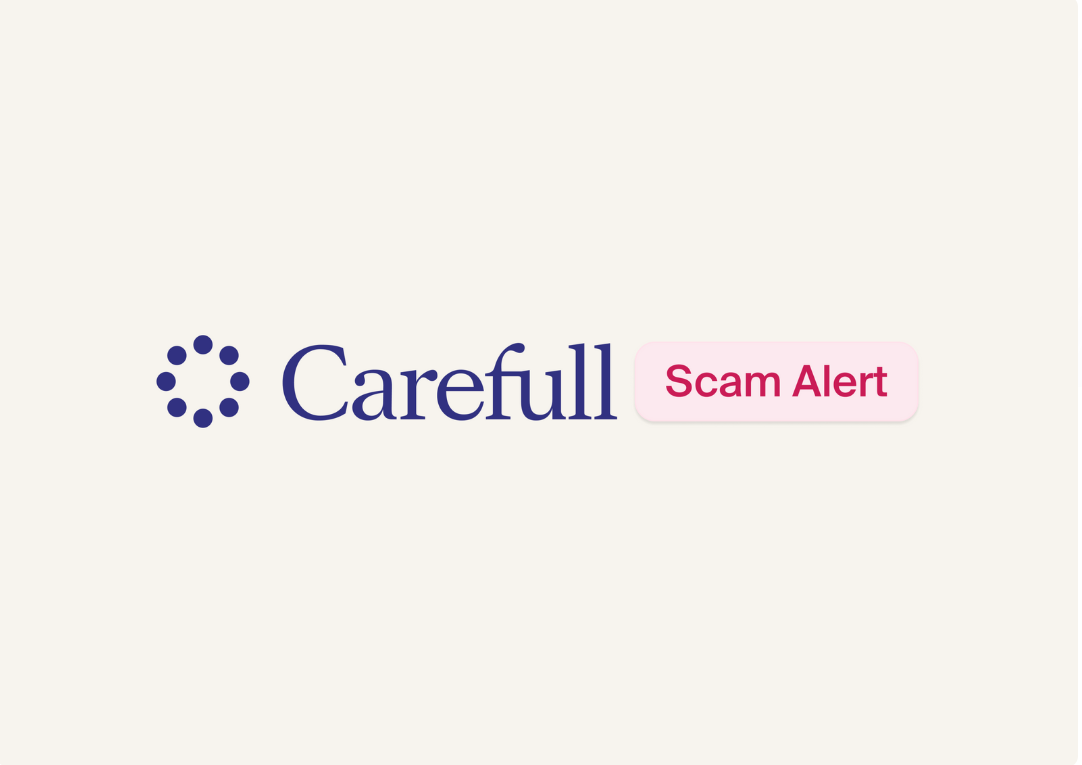How to Protect Your Identity Online

The Internet makes it easy to shop, order food, book travel, check your bank account balances, research DIY projects and the list goes on. It also makes it easy for thieves to prey on unsuspecting consumers. They’re not just after your money, though. They’re after something even more valuable: your identity.
Identity thieves can use your personal information to apply for credit, get medical services and even file tax returns to collect refunds. Then you are left with a potentially large financial loss.
According to the Federal Trade Commission, people file more reports about identity theft than any other type of complaint. That’s why it’s important to be more diligent than ever to protect your personal information. Take these 10 steps to be safer online.
Step 1: Protect your devices
Protecting your personal information begins with protecting your devices from malware that can steal your data or damage your devices. Install antivirus software on your computer and keep it updated. Turn on automatic updates to keep your computer’s software up to date. And make sure the Internet browser you use is the latest version.
With your smartphone, make sure you run any operating system updates as soon as you get reminders to do so. Only download apps from trusted sources, such as the Apple App and Google Play stores, and keep downloaded apps updated. Most importantly, make sure you create a strong passcode to access your phone so thieves won’t be able to get into it if it is lost or stolen.
Step 2: Protect your online accounts
For all of your online accounts, use strong passwords that are at least 12 characters long with letters, numbers and special characters. Use a different password for each account, and update passwords frequently. To make it easier to manage your passwords, you can use a password manager such as the one included with financial safety service Carefull.
Also, use multi-factor authentication on all accounts that offer it. Typically, this will require you to enter a code that is sent to you via text message every time you log into an account. It adds an additional layer of protection to reduce the chances that hackers will get access to your accounts.
Step 3: Secure your home Wi-Fi network
Keep others from tapping into your wireless network at home by encrypting your network. You can do this by making sure your router is set to WPA3 Personal or WPA2 Personal. Also, choose your own Wi-Fi and administrative passwords for your router rather than use any preset passwords.
Step 4: Don’t use public Wi-Fi
Free Wi-Fi at the coffee shop or any other public place is tempting, but there’s no guarantee that it’s secure. You’re better off using your mobile data to access the Internet when you’re not at home. If you want to use your computer to work in a public space, use your mobile phone as a hotspot to connect to the Internet rather than a public Wi-Fi connection, which hackers can tap into.
Step 5: Avoid links in emails and texts from unknown senders
Never click on a link in an email or text message from an unknown sender. It could contain a virus or send you to a fake website where you’ll be prompted to enter personal or account information.
You also should be wary of messages that claim to be from financial institutions, retailers and organizations that might be familiar to you that prompt you to click on links to provide personal or account information. Rather than click on the link, reach out directly to the organization by looking up its phone number or website online (rather than using a number or web address in the email).
[ Read: What Is Phishing and How to Avoid It ]
Step 6: Shop safely online
Check the website address of online retailers for a padlock symbol and “https” to ensure that the site is secure. Also, keep an eye out for web addresses that look legitimate but have the name of the retailer misspelled, which is a sign that the site is fake.
When shopping online, don’t opt on retailers’ sites to save your information for next time. Although it makes shopping more convenient for you, it also makes it easier for hackers to get your payment information.
Step 7: Avoid deals that are too good to be true
If you see a price advertised in social media, in an online ad, or in an email or text message that looks too good to be true, it probably is. The link you see might take you to a fake website, where your account information will be stolen. Before clicking, do a search online for the offer and add the words “complaint” or “reviews” to detect whether it’s a scam. Better yet, shop only at the sites of retailers you know.
Step 8: Be careful what you share online
Sure, it’s nice to get birthday wishes from friends on social media sites. But by publishing your birthday along with your maiden name or other personal information, you’re giving away too much information to thieves who might be able to use it to answer your online account security questions. So think twice before sharing, and avoid online quizzes that ask for a lot of personal information.
Step 9: Use account monitoring
Even if you take all of the steps above to stay safe online, your personal information can be stolen through data breaches and other means. That’s why it’s a good idea to sign up to receive alerts whenever transactions are made on your financial accounts. You could use a service such as Carefull to monitor your bank, credit card and investment accounts 24/7 and alert you to unusual transactions as well as money mistakes, such as late payments.
Step 10: Use credit and identity monitoring
You should check your credit reports regularly to look for signs that your identity has been stolen, such as loans or lines of credit that you don’t recognize. You can get free copies of your credit reports from Annualcreditreport.com. However, signing up for a credit monitoring service will make it easier to keep tabs on your credit.
Carefull monitors the Internet for misuse of both your credit and your personal information. Plus, you get up to $1 million in identity theft insurance coverage to help restore your identity if it is stolen.
If you get an alert that your credit or identity might have been compromised, you can act quickly to limit the damage. Contact the three credit bureaus—Equifax, Experian and TransUnion—to put a freeze on your credit reports so lines of credit can’t be opened in your name. And visit IdentityTheft.gov to report the ID theft and to get a recovery plan.
[ Keep Reading: 10 Signs You're a Victim of Identity Theft or Fraud ]

3 Steps to Safer Money,
Try it Free for 30 Days
Step 1
Start your free,
no-risk trial
Step 2
Connect the accounts and cards you want protected
Step 3
Stay alerted to any
unusual activity



.png)



